Outdoor Activities and Adventures, Rio De Janeiro
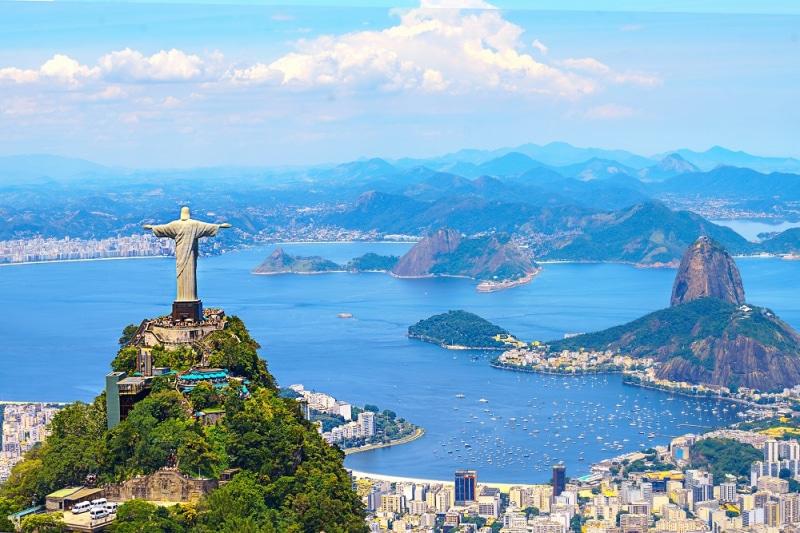
Removed from Unnamed collection
Christ the Redeemer Statue 
In the top of the mountain is installed Christ the redeemer, one of the most wanted touristic sides of Rio de Janeiro. Biggest and most famous scripture Art Déco of the world, the Christ statue started to be planned in 1921 and it was developed by the engineer Heitor da Silva Costa over 5 years of job, from 1926 to 1931, the opening year of the monument.
It’s located at Parque Nacional da Tijuca, 710 meter above the sea level, where anybody can appreciate one of the most beautiful views of the city. Over all 220 steps that lead to the famous statue feet, it was elected one of the Seven Wonders of the World made by formal voting in 2007 by the Swiss Institution New 7 Wonders Foundation. The monument is accessible by train, van or car. http://visit.rio/en/que_fazer/christtheredeemer/
Map
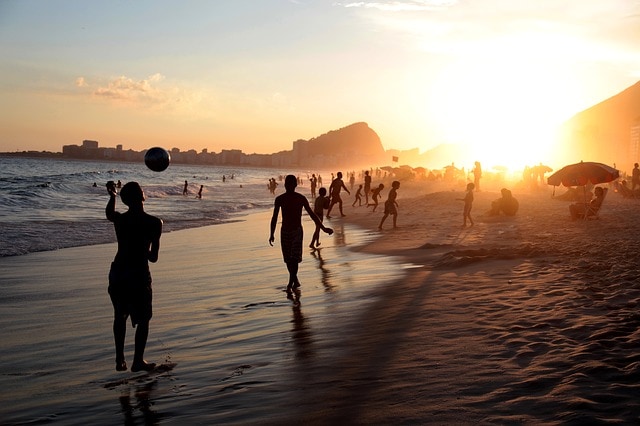
Removed from Unnamed collection
Copacabana Beach 
Located in Zona Sul, Copacabana Beach is one of the most famous and most beautiful beaches in the world. The atmosphere is very vibrant and the people are colorful and fun loving.
The beach runs for 2.2 miles (4 km) in an east west direction running from Postos Dois to Posto Seis. Stop by one of the several beach bars and enjoy a gold cup of chopp (draft beer) and refeicao (herbed meat and fried onions).
Take a walk along the beach to enjoy some of the most incredible sand sculptures and when you get thirsty try some of the agua de coco or coconut water straight from the coconut. http://www.rio.com/practical-rio/copacabana-beach
Map

Removed from Unnamed collection
Corcovado 
Apart from being amazed by seeing Marvelous City's most beautiful landscapes, visitors will also take an educational trip throughout Brazil's recent history. Corcovado's Railway was the first of its kind to use electric energy in Brazil. It's even older than Christ's statue itself and was inaugurated in 1884 by Emperor Dom Pedro II. In fact, the train was used for four consecutive years at that time to carry parts of the monument. The train has already transported on its cars several distinguished personalities such as popes, kings, princes, presidents, artist and scientists!
This is also an eco-tour. The train cuts through the world's largest urban forest: Tijuca's National Park, a part of the so-called Atlantic Forest, considered as an example of nature conservation. And everyone who travels on Corcovado's Railway helps take care of the forest: the train is moved by electricity; therefore, it's not contaminating whatsoever. In addition to that, part of the ticket sale will go to fundraising for Brazilian Institute of the Environment (IBAMA) which is in charge of forest conservation issues. http://www.tremdocorcovado.rio/index-eng.html
Map
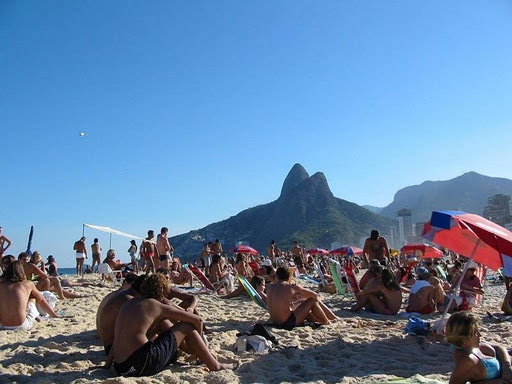
Removed from Unnamed collection
Ipanema Beach 
Ipanema beach is bordered by Arpoador Beach on one end and Leblon Beach on the other end. This beach is considered one of the main centers of activity for the city of Rio. One of the most expensive places to live, the neighborhood is full of wealthy residents.
The beaches of Rio de Janeiro are divided into tribes, but Ipanema is where that note is so strong. In front of the country club meet young beautiful and high class people. It’s certainly the place to see and be seen. In the Posto 9, near Joana Angélica Street the public is more laid back and alternative. The strip of sand between Ipanema and Leblon close to the canal is not very busy and it is quite empty, and should be avoided.
Frescobol is a sensantion among cariocas at the beach, it's like tennis, it's played by two people with racquets, not net and you are not to drop the ball. If you go to Ipanema don’t miss watching it and if you feel like participating also, it will be a pleasure for Cariocas to have a tourist playing with them. http://www.rio.com/practical-rio/ipanema-beach
Map

Removed from Unnamed collection
Sugarloaf Mountain 
From Praia Vermelha, the visitants take the first tram links to the Urca hill, and from there, a second tram takes them until the top of the Sugar loaf hill, it stays 396 meters of the sea level. Different histories justify the name of this touristic side; the most popular says that during the centuries XVI and XVIII, at the peak of the production of sugar cane, the producers stored sugar blocks in little boxes to be exported, and the resemblance of the object with Sugar loaf mountain gave origin to the name.
Inaugurated in 1912, the little tram of the Sugar loaf was the first Brazilian cable car and the third in the world, linking the Urca hill to the Sugar loaf mountain. Since then, more than 40 million of people have already used that cable cars.
From the high of the two mountains revels a gorgeous landscapes of the city, including the Botafogo cave, Copacabana edge and the entrance of Guanabara bay. In the summer, the amphitheater, located in the top of Urca hill is a stage for shows and night events, joining fun and a wonderful visual of lights of the city. http://visit.rio/en/que_fazer/sugarloaf/
Map
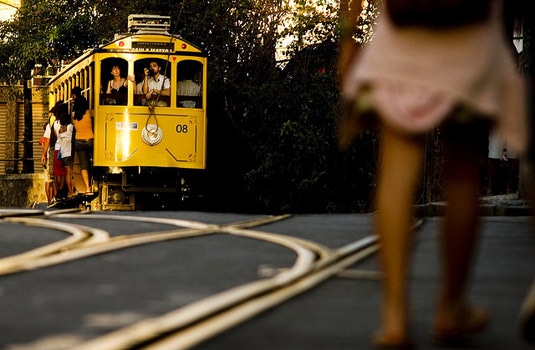
Removed from Unnamed collection
Santa Teresa 
Santa Teresa, the neighborhood of Rio de Janeiro that retain its colonial charm.
Santa Teresa is located on top of the Santa Teresa hill and presents a magnificent view of the city. It is one of the few neighborhoods to resist development in order to retain its colonial charm. It is famous for its winding, narrow streets and for being an artistic hotspot. The construction of the Santa Teresa in the 18th century convent marked the beginning of the development of this neighborhood. Its natural scenery, the pleasant atmosphere and easy access to downtown Rio make this an attractive neighborhood. It is currently a popular tourist site as the area has its fair share of restaurants with live music, cultural centers and other attractions. Its bars and nightclubs are popular with both natives and tourists. http://www.rio.com/practical-rio/santa-teresa
Map
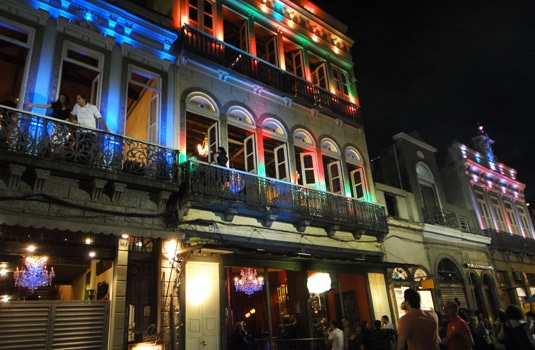
Removed from Unnamed collection
Lapa 
Lapa is a neighborhood famous for its Bohemian culture. It is well known for its architecture, the most famous monument being the Arcos da Lapa. The Passeio Publico is the first public park built in the city, which is another popular attraction of the neighborhood. Lapa is known for its lively social scene and cultural events. The neighborhood has many restaurants and bars. Many of these restaurants and clubs promote various forms of Brazilian music. The Sala Cecília Meirelles, an important venue for chamber music is also located in Lapa. The movement “I Am da Lapa” helped in the restoration of the neighborhood. With government support and active participation from the citizens, especially shop owners, great achievements in the development of the area have been made. http://www.rio.com/practical-rio/lapa
Map
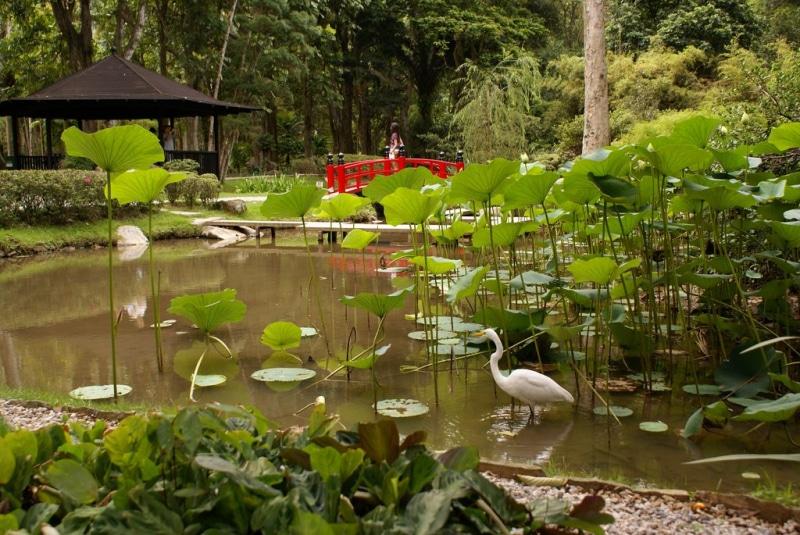
Removed from Unnamed collection
Botanical Garden of Rio De Janeiro 
Founded in 1808 by D. João VI, the Botanical Garden is an important touristic side of the city and so much visited by researchers who study the hundreds species that are there. With total area of 137 hectares, being 54 of acreage, the Botanical Garden houses rare collections of bromeliads and orchids, as well as old trees and exotic plants.
The Garden also has constructions in the beginning of the century XVI, saving a rich historical and cultural heritage. Between the monuments, we highlight the Eco and Narciso de mestre Valentim statues, the portal of the Academy of Fine Arts, projected by Grandjean de Montigny, and the Japonese Garden, created in 1935, from the donation of 65 species of tipical Japanese plants. The Park also is an excellent place to observe the birds, because there are more than hundred different species in the crowns and trunks of their trees http://visit.rio/en/que_fazer/botanicalgarden/
Map

